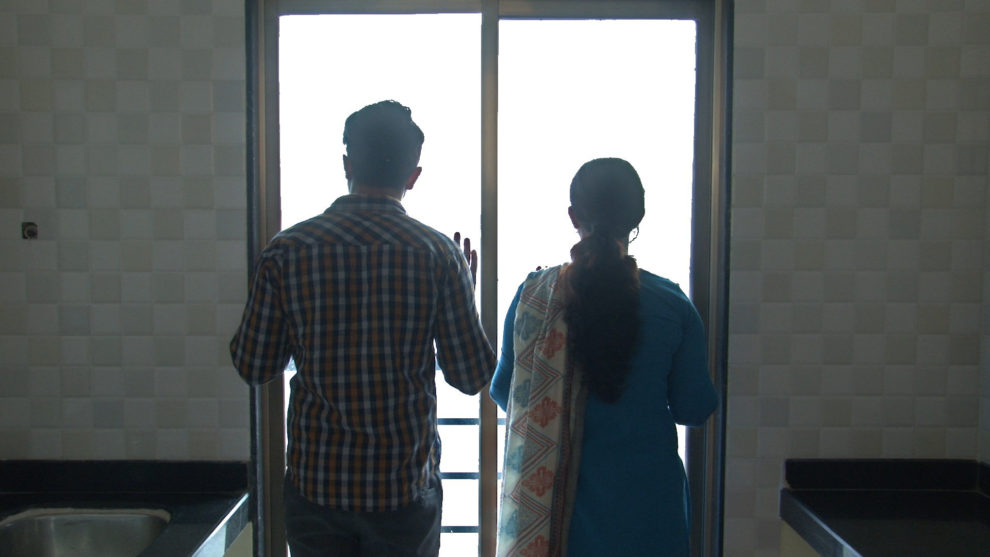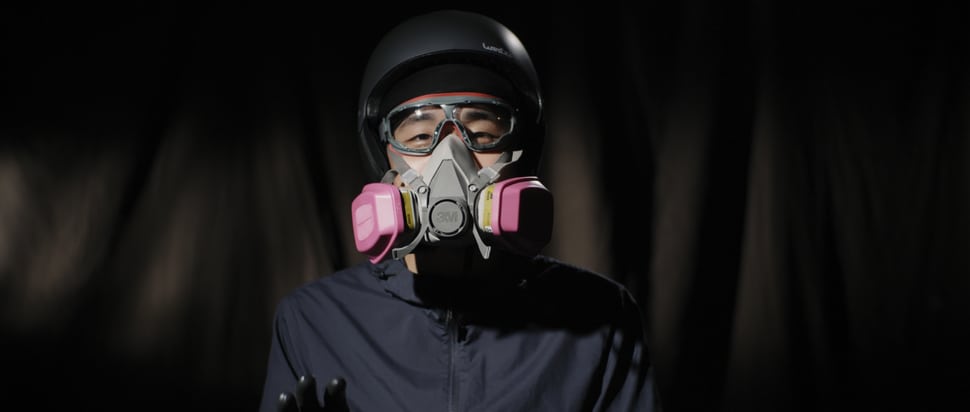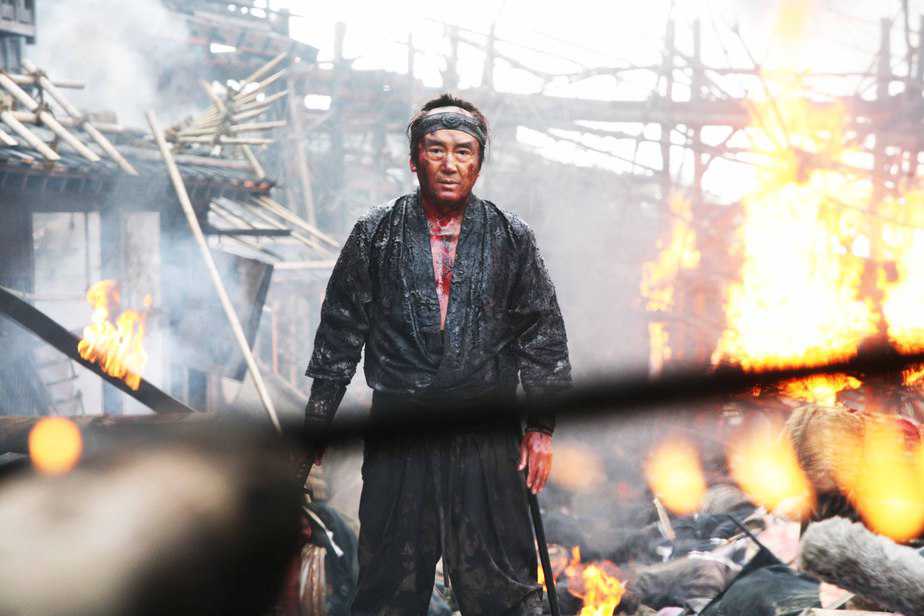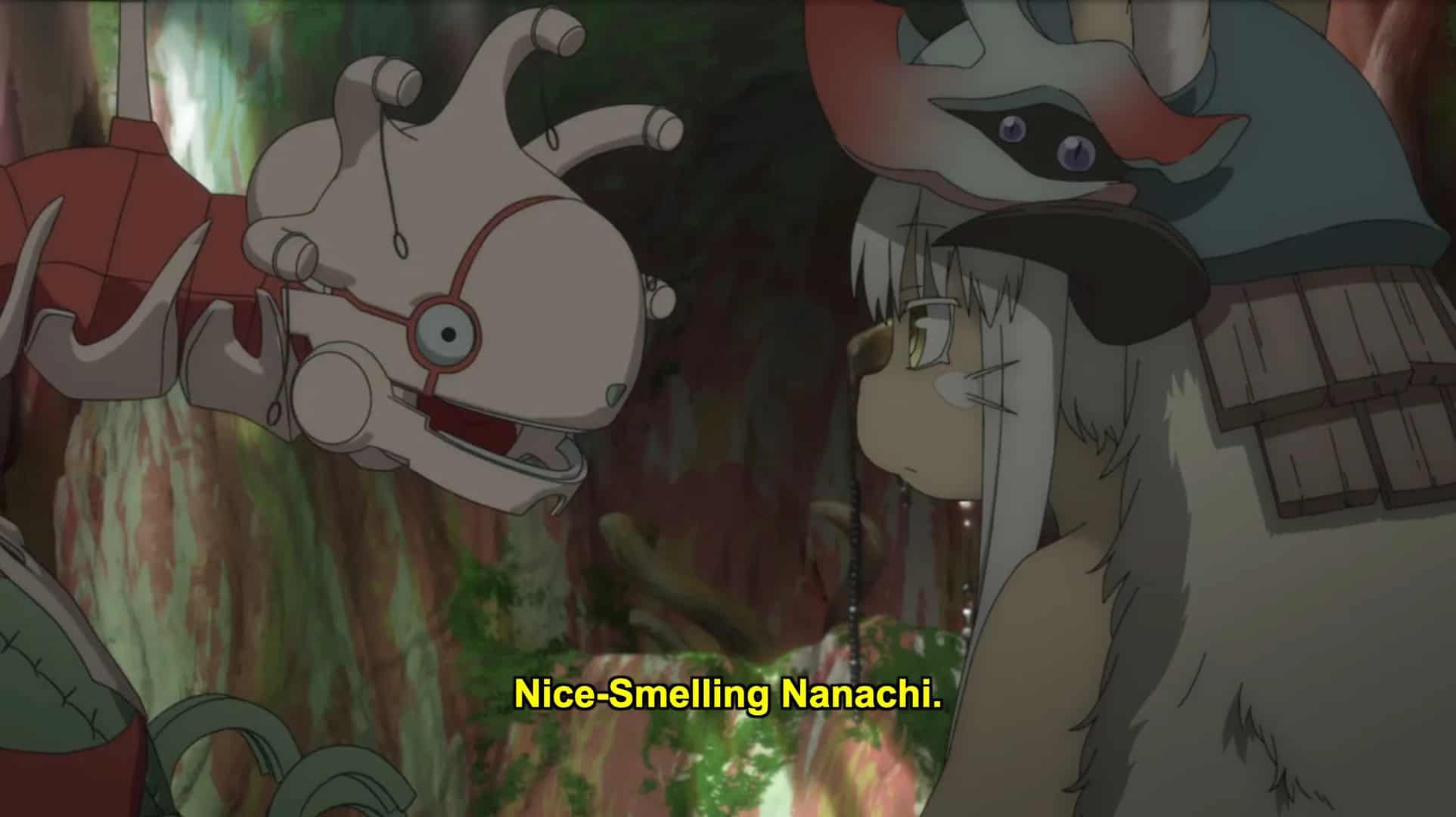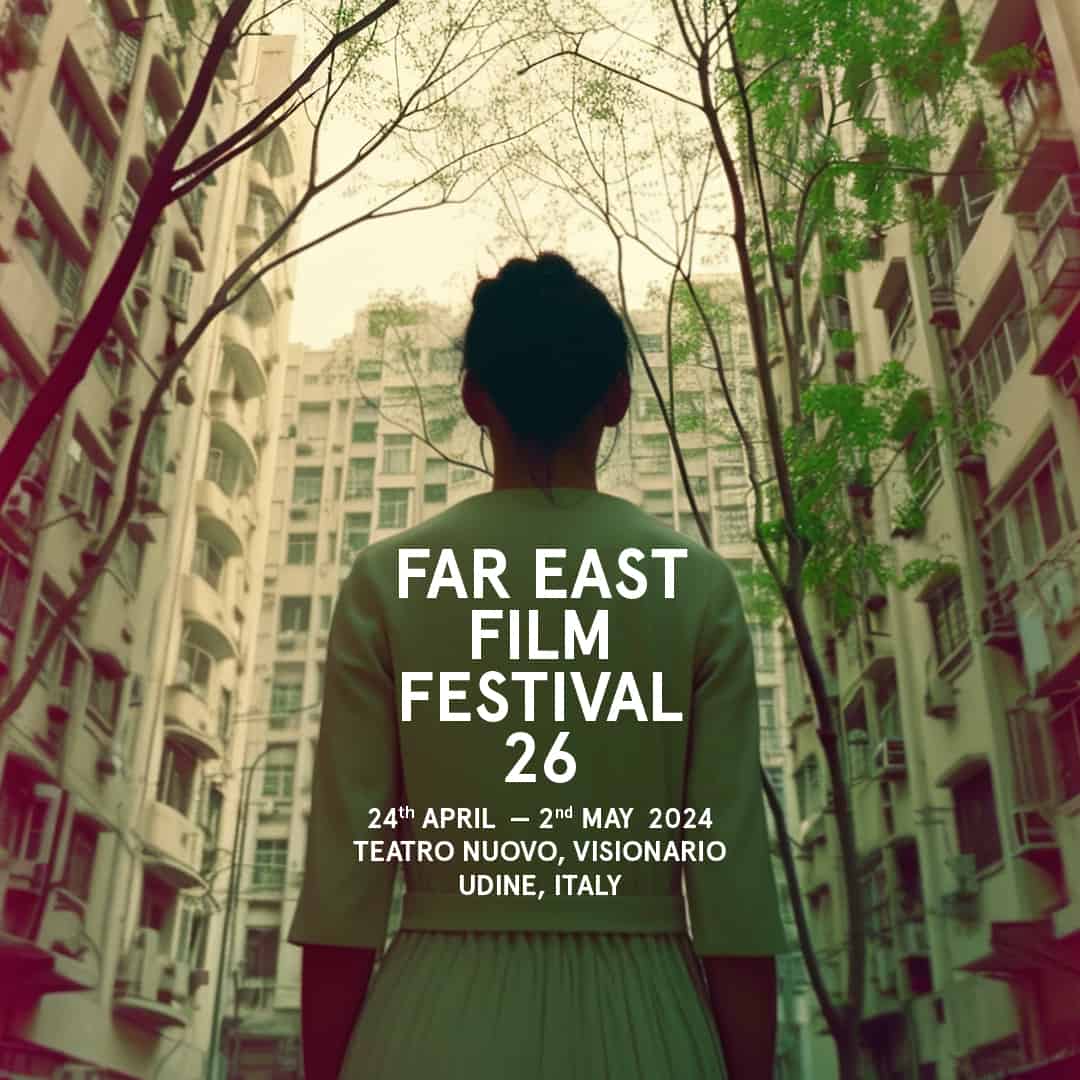Experimental filmmaking was never an easy task, but one, nevertheless, quite necessary in the ever-changing concept that is cinema. However, not all experimentations are of artistic value, and unfortunately, “The Maya of Bunnu K. Endo” is definitely not, with the effort at experimentation coming out as misplaced amateurism.
“The Maya of Bunnu K. Endo” review is part of the Submit Your Film Initiative

An anonymous multinational company interested in capitalizing natural resources, deceitfully lead a powerful politician's wife and her chauffeur who have eloped, on to an empty flat in a big city, promising them the security of a better life. Soon however, it is revealed that the two are captives, and that the actual goal of the corporation and the handler, whose voice frequently is heard narrating what is actually going on, is to lead them to suicide, as a tool to sabotage an agitation against a proposed power plant that is to be built by the company. The said handler not only controls the supplies that go into the flat, but also mysteriously the space and time inside.
Using a basic idea that looks suspiciously similar to Vikramaditya Motwane's “Trapped”, Ramchandra P.N. seems to had some “noble” causes in the beginning, in showing how big corporations control and monitor people, the place of women in the society, how workers are exploited, the impact on the environment the intense industrialization has, and many others of similar natures. However, the way Ramchandra chose to depict all of the aforementioned through the narrative is as faulty as possible, with the film soon becoming an experiment on how patient a viewer can be.
The stage-play like premises, with only two protagonists for the whole duration of the movie, soon become annoying, since their dialogues are either nonsensical or simply dull and misplaced. The choice to have the “operator” narrating what is happening looks like an effort to explain the inexplicable, also interrupting the flow of the story in the most unnecessary moments, while the decision of not to use any props, but instead have the protagonists pretend to use them, could not even be justified if the budget of the film was close to zero.
Furthermore, the scenes from the window, although somewhat beautiful, seem completely out of context after some point, also highlighting the wrong ways cinematography was implemented in the film, with the result appearing rather amateurish. Lastly, at 99 minutes, the movie is painfully long, with all the “tricks” implemented becoming rather tiring after a fashion (even the badminton game), and the ending being as misplaced as the whole narrative.
“The Maya of Bunnu K. Endo” is a pretty bad film, looking like a collection of experimental ideas put together clumsily instead of a proper movie.


